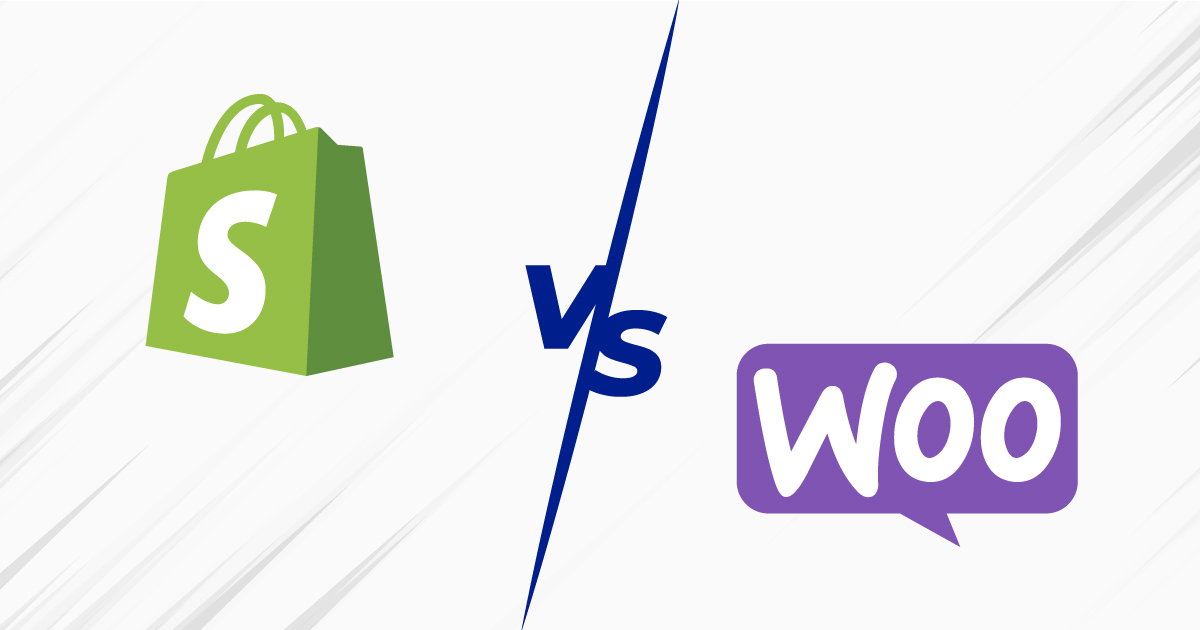Let’s start at the beginning
The term may sound a bit mysterious: marketplace feeds. Basically, a marketplace feed is a file, normally it’s in an xml format, containing information about the products that your business has in it’s online inventory that you want to sell in an online marketplace. And what exactly is an online marketplace? It is basically an eCommerce platform that allows various vendors to sell their wares in the same place. Having a marketplace feed in place allows us to have a single document / format in which we can include our products, their prices, images, SKUs, etc. and upload this information to various eCommerce platforms with minimal effort. It is a simple but powerful tool that allows us to optimise the publication of our product catalogue or commercial offer on a tonne of web sites.
Well that’s all well and good, but I already have a website that displays my products
If you have an eCommerce website, you’ve already got an online shop where you can impact digital shoppers and capture their business. However, it is unlikely that your website reaches as many people as you’d like it to. For that very reason, a marketplace feed is a great way to get yourself on to platforms that are much bigger than your individual website. Some of the largest and most well-known marketplaces in Europe include Google Merchant Centre (Google Shopping) or Amazon Marketplace Web Service (Amazon). There are also more marketplaces in Europe that reach many consumers and can be a helpful way to sell more of your inventory: for example, La Redoute, Fnac, Zalando, Etsy, Bol.com or Allegro, as well as additional local comparison engines in local markets.
Size matters
If you make bespoke embroidery patches and only current have seven available in stock in your Etsy store, then you really do not need a marketplace feed. Product feeds that automatically display your products on large marketplaces are most useful when you have hundreds or thousands of products.
The feed itself and where to start
The XML file you’ll create to upload your product range to these platforms will have some small differences in format and presentation on the different marketplace platforms. We recommend creating your first feed in the format employed by the platform that best suits the type of product you are selling, the geographical area you are targeting and the clients you are searching for. Many advertisers start with a marketplace feed in Google Shopping as they are already running campaigns in Google Ads and it is a logical first step for them, allowing them to grab a bit more real estate on within the Google paid results. On the other hand, if say you have loads of competitors in Amazon and Google, but you know that many of your most active customers are in Eastern Europe, perhaps a good next step would be to create a product feed for Allegro.
Once you’ve decided where you want to start, you’ll see that the creation of any feed always includes a diagnostic and trouble-shooting phase, as well as errors that need to be tweaked once you’ve published and add new products, etc. For this reason, it’s important to take your time when setting up a marketplace feed: don’t try to run and beat the holiday rush in December. Rather, take the time to prepare and set up your feed correctly in October, leaving plenty of time to create and optimise the feed before the Christmas crowds arrive online.
In order to setup the feed file properly and do the necessary changes so that it can be successfully adapted and uploaded to various marketplace sites error-free, you can hire a service to normalise and optimise your product feed. These services are specialised exclusively in integrating feeds into the different marketplaces. Or, when you are ready to create and tweak your product feed, you can also work with your regular digital marketing agency, who will probably already have a good feel for any specific issues or considerations stemming from your eCommerce site. For example, in All Around we specialise in the creation and improvement of marketplace feeds for Amazon and Google Shopping for many clients.
Don’t be scared off by the idea of marketplace feed configuration; with a good partner, you’ll see that it is not especially complicated, and your efforts will pay big dividends when you are able to reach many more consumers on some of the biggest marketplaces in Europe and the world.
More posts about: Start an online business







